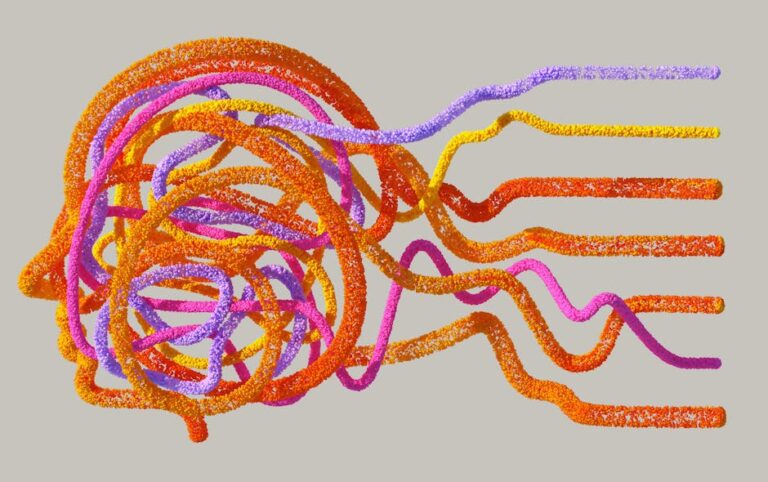Exploring the Fascinating World of Long-Muzzled Mammals: From Foxes to Wolves and Beyond
Exploring the Fascinating World of Long-Muzzled Mammals: From Foxes to Wolves and Beyond
The animal kingdom boasts a stunning array of diversity, and within that spectrum, long-muzzled mammals occupy a unique and captivating niche. Their elongated snouts, a defining characteristic, are not merely aesthetic features; they are crucial adaptations tailored to their specific ecological roles and survival strategies. This comprehensive exploration delves into the world of these remarkable creatures, investigating their evolutionary history, diverse adaptations, fascinating behaviors, and the crucial role they play in maintaining healthy ecosystems.
Defining Long Muzzles: Form and Function
Before embarking on a detailed examination of specific species, it’s essential to understand what constitutes a “long muzzle.” While there’s no single, universally accepted measurement, the term generally refers to mammals with a proportionally elongated rostrum—the bony part of the snout—compared to their overall head size. This elongated structure often houses an extended nasal cavity, a powerful jaw musculature, and a multitude of specialized sensory receptors. The length and shape of the muzzle are often directly correlated with the mammal’s diet and hunting techniques.
The Advantages of a Long Muzzle
- Enhanced Sensory Perception: A longer muzzle provides greater space for olfactory receptors, allowing for a more acute sense of smell. This is crucial for locating prey, identifying mates, and navigating their environment. Many long-muzzled carnivores rely heavily on their olfactory senses for hunting.
- Improved Bite Force and Precision: The extended jaw structure often supports powerful jaw muscles, leading to a stronger bite force. This is particularly advantageous for predators needing to subdue prey or for herbivores requiring strong jaws for processing tough vegetation.
- Specialized Feeding Adaptations: The shape and length of the muzzle can be highly specialized depending on the mammal’s diet. For example, some insectivores possess long, slender muzzles for probing into crevices to extract insects, while others have broader muzzles suitable for digging.
- Thermoregulation: In some species, the extensive surface area of the muzzle may contribute to thermoregulation, aiding in heat dissipation.
Examples of Long-Muzzled Mammals
The diversity within the group of long-muzzled mammals is remarkable. Let’s explore some representative examples from various taxonomic groups:
Canids (Dogs, Wolves, Foxes)
Canids are prime examples of long-muzzled mammals, exhibiting a range of muzzle lengths and shapes adapted to their diverse lifestyles. Wolves, renowned for their powerful jaws and hunting prowess, possess long, strong muzzles ideal for gripping and killing prey. Foxes, with their more slender muzzles, utilize their keen sense of smell to locate small animals and rodents. The variation in muzzle length and shape within the Canid family showcases the evolutionary plasticity of this feature.
Mustelids (Weasels, Badgers, Otters)
Mustelids also display a wide array of muzzle shapes and lengths, reflecting their diverse dietary habits. Weasels, with their elongated and slender muzzles, excel at hunting small prey in narrow burrows and crevices. Badgers, possessing broader, shorter muzzles, are more adept at digging and unearthing prey. Otters, with their relatively short muzzles, are well-suited for aquatic life, enabling them to hunt fish and other aquatic creatures.
Procyonids (Raccoons, Coatis)
Procyonids exhibit a less extreme but still notable degree of muzzle elongation. Raccoons, with their moderately long and dexterous muzzles, use their sensitive paws and snouts to explore and manipulate their environment in search of food. Coatis, with their more elongated and mobile snouts, utilize their olfactory senses to uncover insects and other small invertebrates.
Other Notable Examples
Beyond these prominent families, numerous other mammals exhibit long muzzles, each with unique adaptations. These include various species of shrews, tenrecs, aardwolves, and many others, each with their own fascinating story to tell.
Evolutionary Significance of Long Muzzles
The evolution of long muzzles is a complex and multifaceted process influenced by natural selection, adaptation to diverse environments, and dietary shifts. The precise evolutionary pathways are often species-specific, but the general trends reflect the adaptive advantages discussed earlier: improved sensory perception, stronger bite force, and specialized feeding mechanisms.
Conservation Concerns
Many long-muzzled mammals face significant conservation challenges. Habitat loss, human-wildlife conflict, and climate change pose substantial threats to their survival. Understanding the ecology and behavior of these species is crucial for implementing effective conservation strategies to protect these remarkable animals and the ecosystems they inhabit.
Research and Future Directions
Ongoing research continues to unravel the mysteries surrounding long-muzzled mammals. Studies investigating their sensory capabilities, hunting strategies, social behavior, and the genetic basis of muzzle morphology are crucial for a deeper understanding of their evolution and ecology. Advanced technologies, such as genetic sequencing and sophisticated tracking devices, are providing new insights into the lives of these elusive creatures.
Conclusion
The world of long-muzzled mammals is a captivating realm of evolutionary adaptation and ecological diversity. From the stealthy hunt of a fox to the powerful bite of a wolf, these animals exemplify the remarkable interplay between form and function. Continued research and conservation efforts are vital to ensure the future of these fascinating creatures and the biodiversity they represent.


